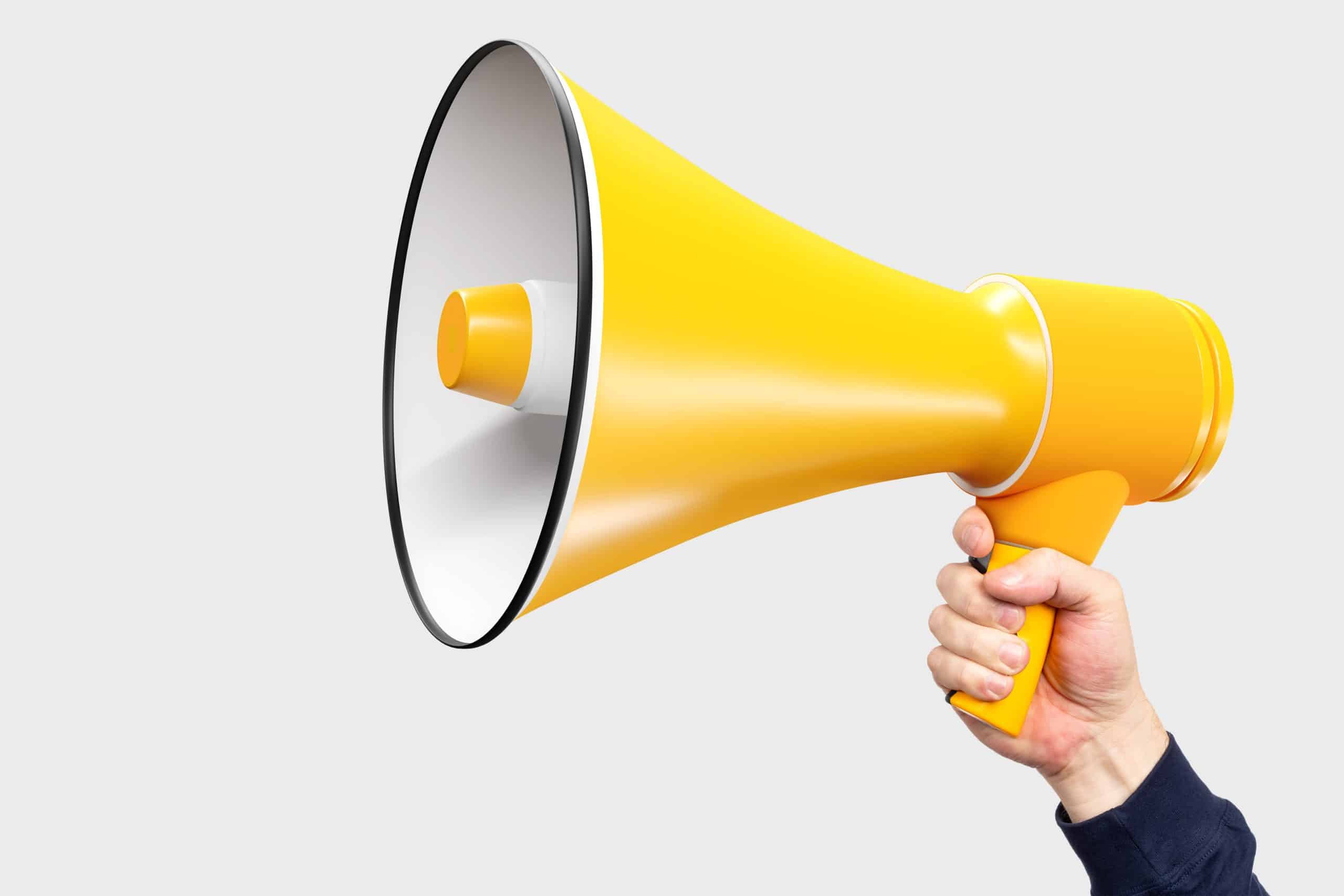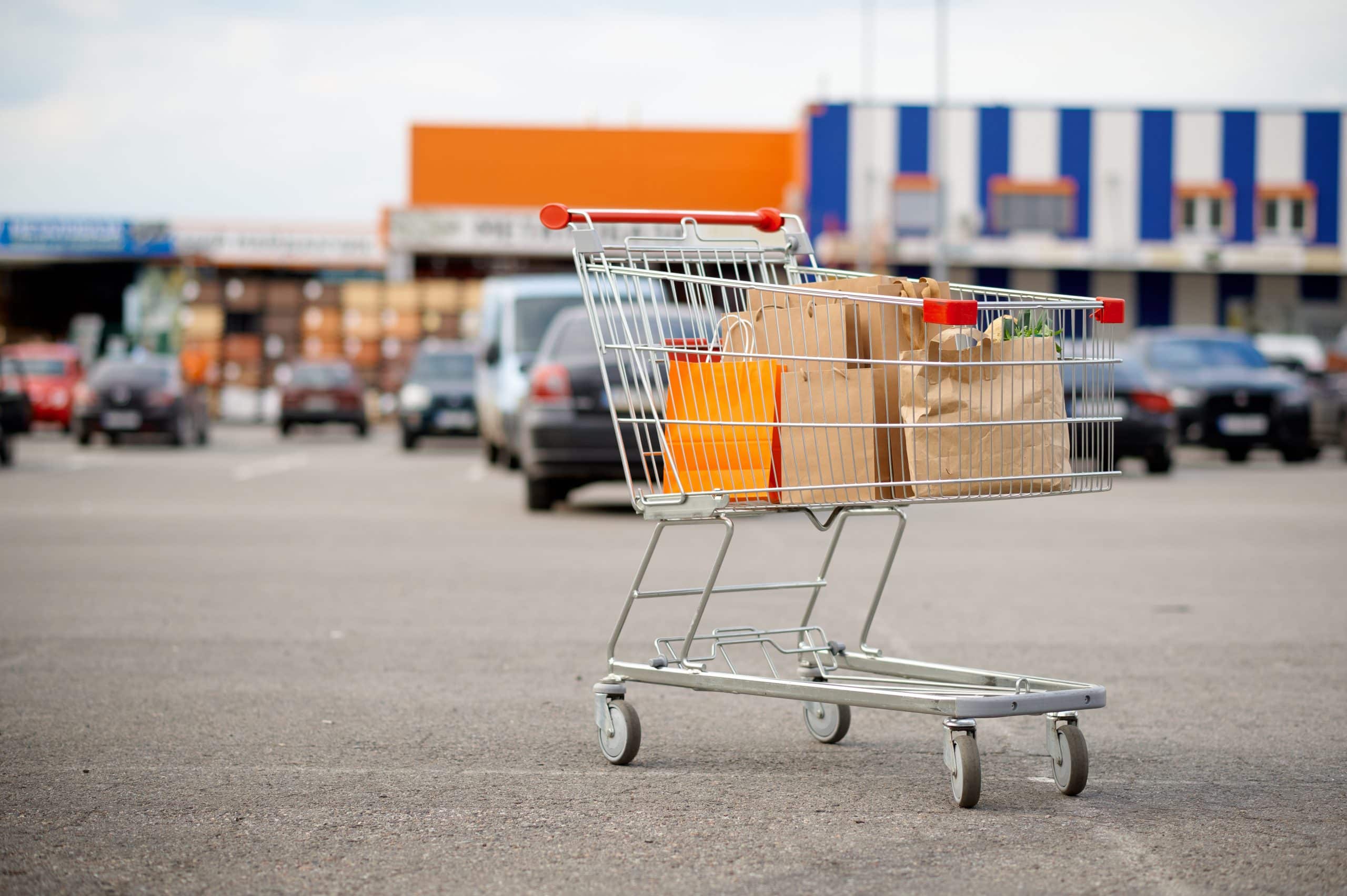As an advertising copywriter, so much of my creative energy goes into headlines, pre-headers, subject lines, and body copy. After all, that’s what people are going to see first — it’s what draws them in, gives them the quick sales pitch, and tells them how this product or service could be life-changing.
That said, the final piece is what does a lot of the heavy lifting, and shouldn’t be overlooked: the call to action (CTA).
The CTA might just be the single most important element of any ad — it’s the moment of truth where engagement becomes conversion. Even so, marketers often struggle with a fundamental strategic question: Is it better to focus a user on a single, clear button, or offer multiple routes to explore? CTAs may seem simple, but the answer isn’t always clear — it depends entirely on your campaign goal, the user’s intent, and the ad format you choose.
The Case for a Single, Focused CTA: Clarity and Conversion
A singular call to action is the traditional, go-to best practice in certain contexts, capitalizing on those core psychological principles to maximize conversion likelihood. This strategy works by minimizing distraction and focusing the user’s cognitive energy on one clear desired next step.
Minimizing Decision Fatigue
A single CTA reduces options, eliminating user confusion about the desired next step and often leading to higher conversion rates on dedicated pages. Users can suffer from “decision fatigue” when presented with too many options, but by offering just one path, you remove a barrier to conversion. In fact, reducing a page to one CTA can boost conversions by up to 266%.
Achieving Specific Campaign Goals
A single CTA offers more control and is ideal for highly focused goals like sign-ups, lead capture, or direct sales on a landing page where the user has already demonstrated high intent. Keep it clear: When the user knows exactly what they want (e.g., download a specific whitepaper), the single CTA confirms they’re in the right place and speeds up the action.
High Performance in Specific Channels
While your creative instinct may be to dazzle the reader and make your campaign stand out, keep in mind that certain channels thrive on simplicity. Being linear and goal-oriented, emails perform significantly better with a single CTA, driving 371% more clicks and up to 1,617% more sales compared to emails with multiple CTAs.
The Case for Multiple CTAs: Depth, Exploration, and Storytelling
Multiple CTAs can still work, especially within a visually engaging format, to keep people from leaving your page. They can excel at capturing attention, providing a deeper user experience, and facilitating mid-funnel exploration.
Reducing Bounce Rate (Exploration)
Multiple, related CTAs on a longer page (like a homepage or a sequential ad format) give users options, lowering the chances of them leaving the site entirely if they aren’t ready for the primary conversion. If a user isn’t ready to “Buy Now,” they might be willing to “Browse Styles” or “Read Reviews,” keeping them within your marketing ecosystem.
Showcasing Product Variety and Complexity
For brands with numerous product lines or complex services, multiple CTAs allow marketers to feature a range of offerings in one ad unit, increasing the chance of a user finding something relevant. A user looking for boots might see options for “Hiking,” “Outdoor Gear,” and “Lifestyle,” with a CTA directing them to the relevant category page.
Sequential Storytelling
Leveraging a sequence to build tension or walk a user from a problem (Card 1) to a solution (Card 3) to the final action (Card 5) guides them to a commitment. This format naturally eases the user toward the final conversion by educating and warming them up across the ad experience.
Realize Carousel Ads: Leveraging Multiple CTAs for Optimal Performance
The Realize Carousel Ad format on the Taboola network acts as a strategic middle ground, intelligently using multiple ad cards to provide choice and storytelling depth, while guiding the user toward a specific conversion goal. This format takes the strengths of both single and multiple CTA strategies and combines them for superior performance.
Interactive Design for Higher Conversions
Carousel Ads aren’t just more interactive — they’re proven to be extremely effective, frequently outperforming single-image ads in conversion rate (CR) and return on ad spend (ROAS). The swipe mechanism encourages prolonged engagement, allowing your message more time to resonate.
Card-Level Customization
Each card within the Realize Carousel can be treated as a unique mini-ad, featuring its own headline, description, and link to a unique landing page. This allows you to match the CTA/landing page to the specific product or benefit shown on that card. You can present four distinct products with four specific “Shop Now” CTAs, all within a single ad unit.
Multiple Link Destinations
The format allows you to drive traffic to multiple product pages, landing pages, or offers from a single ad unit. This solves the “single vs. multiple” debate by accommodating both: A primary goal can be placed on the first card, while secondary goals or supporting content can live on subsequent cards.
Per-Card Optimization
You can optimize the sequencing of cards to put the highest-performing visuals and offers first, to maximize interaction. Realize’s artificial intelligence (AI) uses data from user interactions to learn which card order leads to the best result — e.g., if it notices that presenting the “limited stock” message before the “final discount” leads to more purchases, it automatically serves that optimized sequence to future users — often helping marketers improve their funnel flow faster than manual testing.
Generating Urgency via Narrative Flow
Use the multiple cards to showcase a limited-time offer across the slides, or build narrative tension (e.g., a “Before & After” sequence) that culminates in a strong, urgent CTA on the final card. For instance, Card 1 could show the problem, Card 2 could show the solution, and Card 3 could hit the user with a time-sensitive CTA like “Claim Your Discount Now — Offer Ends Soon!”
Key Takeaways
A single CTA is best for high-intent users, landing pages, and channels like email, where the goal is direct, immediate conversion with minimal friction. Multiple CTAs, meanwhile, are best for discovery, showcasing variety and complex products where the user is in the mid-funnel exploration stage. Realize Carousel Ads offer a hybrid approach, using sequential cards for storytelling and product variety while still achieving high CR and ROAS due to their interactive nature and card-level customization.
Frequently Asked Questions (FAQs)
How many cards should I use in a carousel ad?
The best strategy is to keep your story concise — an engaging swipe experience that generally uses three to five cards. For campaigns with a single focus, like pushing a direct sale, you can still build a sequence in just three cards: show the problem on the first, reveal your solution on the second, and end with a strong CTA on the third.
If your brand offers a variety of products or services, maximizing your ad to five cards is a go-to way to showcase them all. This lets you use the format’s flexibility to feature different items (like five unique features or products) with each card linking to a specific landing page, making it much easier for the user to discover exactly what suits their needs.
With unique URLs and flexible creative options including images, GIFs, and video assets, Realize makes Carousel Ads easy, ensuring optimized rendering and performance tracking across devices.
Should every card have a different CTA button?
Not necessarily. You should only use different CTA buttons if they lead to different, relevant landing pages (e.g., linking to five different product categories). If all cards promote the same offer, use the same strong CTA on each card to reinforce the action. Realize allows you to utilize this multiple link destination flexibility for advanced testing and product promotion.
How does a carousel ad lead to urgency?
A carousel ad generates urgency by using sequential narrative flow. You can dedicate the first card to introducing a limited-time sale and use the subsequent cards to highlight the best deals, culminating in the final card, which carries the urgent CTA button (“Act now/Offer ends soon,” etc.). This guided sequence is more compelling than simply placing an urgent message on a single static image.
Realize handles the complex task of finding the perfect sequence and the perfect audience, creating the right amount of drive to get users to click CTAs, and allowing you to focus on making the best content. You’ll find that you get better results when the AI is constantly testing and improving the narrative’s flow, driving that sense of urgency effectively.
The AI also helps with targeting, ensuring the entire urgent story is only shown to people who are predicted to be high-intent, meaning they’re already close to buying. This way, you aren’t wasting your budget showing a “Final Hours” ad to someone who has never heard of your brand.
Can I use my existing creatives in a carousel ad?
Yes! The beauty of the carousel format, particularly within the Realize platform, is that you can repurpose your high-performing static images, videos, or headlines across the different card slots. This allows you to quickly A/B test existing assets in a new, high-engagement format without starting from scratch.



